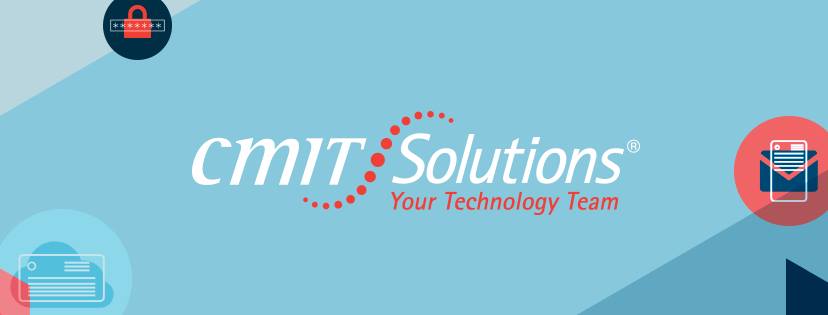This phenomenon believe it or not, is called Bring Your Own Device or BYOD.
As one might imagine, having devices that are owned and maintained by employees connecting to your network raises all kinds of security concerns. These devices go home with the employees af the end of every day so security is definitely at risk. What if an employee loses his or her tablet, which has confidential files on it? What if a laptop is stolen? Would a thief have direct connection to your corporate server?
For an extreme example, read about how a USB drive brought down a nations government by clicking here.
BYOD offers many benefits to business owners, not the least of which is the money saved through employees purchasing their own devices. Additionally, employees often feel more productive when using devices with which they're well acquainted. The portability of such devices also brings with it the advantages of mobile computing. Combined with cloud computing technology and virtual private networking, BYOD has the potential to allow employees to work anywhere, anytime, so long as they have an internet connection.
Just as businesses need an "acceptable use" policy that lays out the do's and dont's of using computers owned by the company, businesses need a well-developed policy for BYOD (more than just requiring that devices are password-protected).
For an in-depth review of what your company's BYOD policy should contain, contact CMIT Solutions. We'll help you implement a policy that will keep you and your employees productive and secure.

